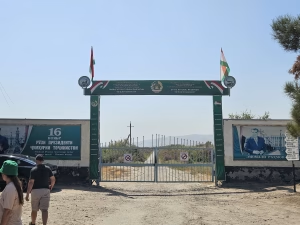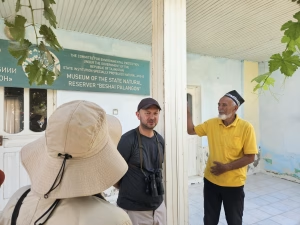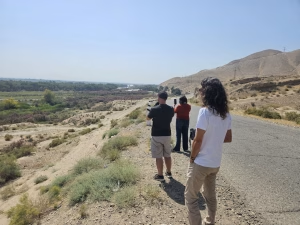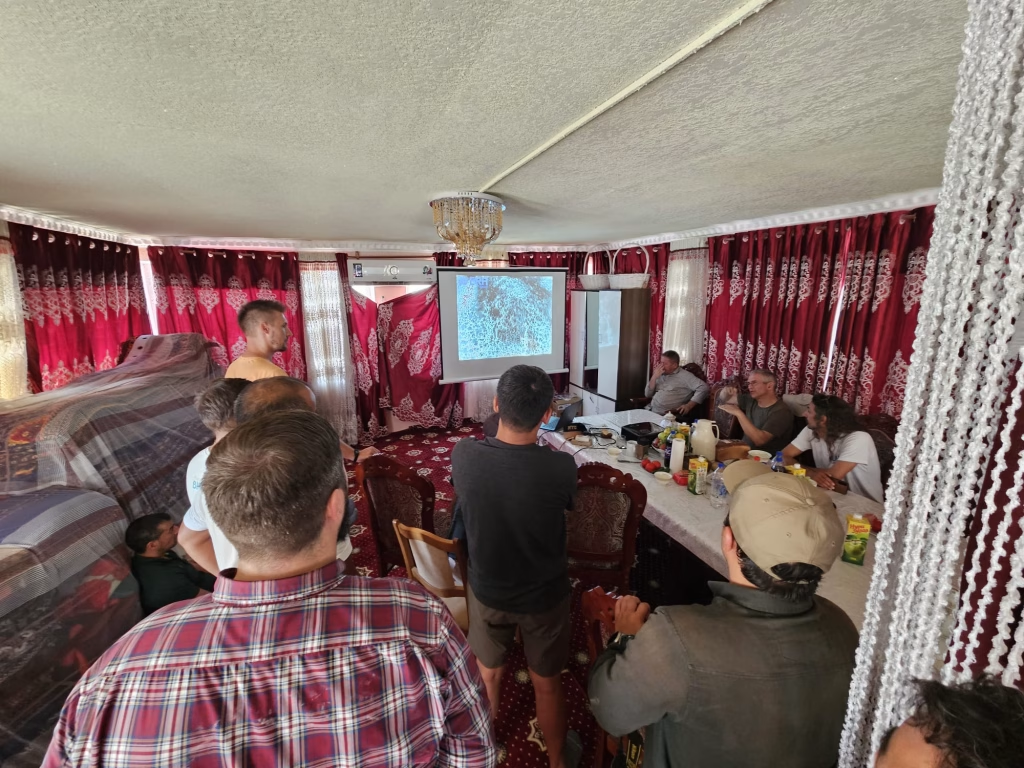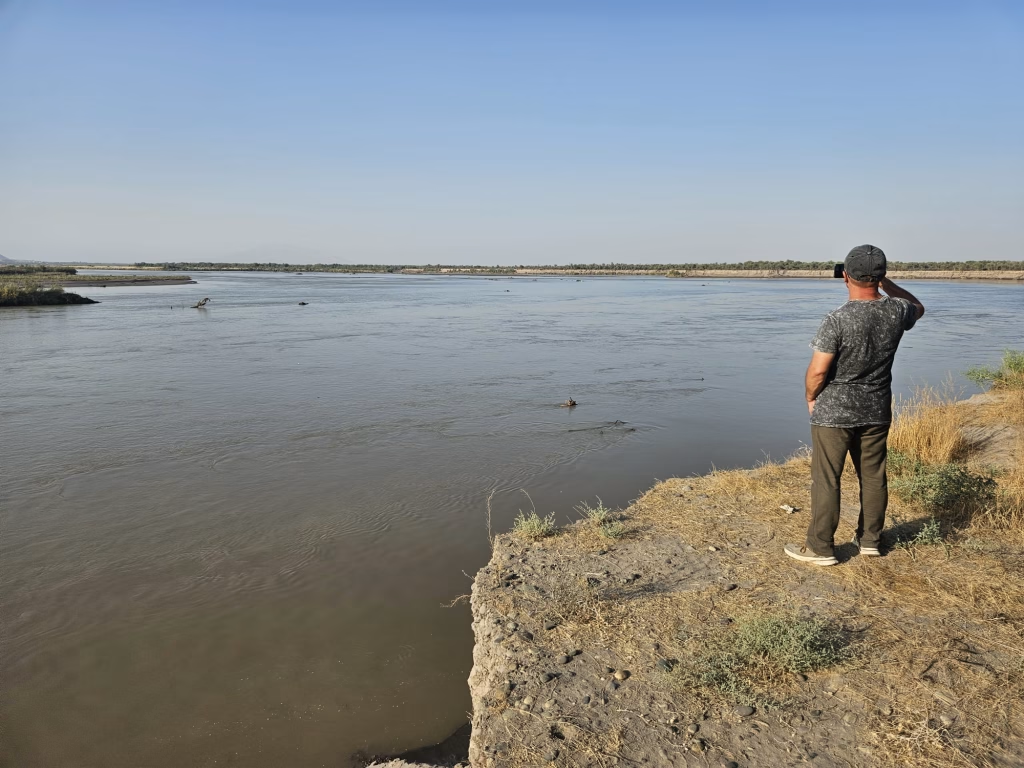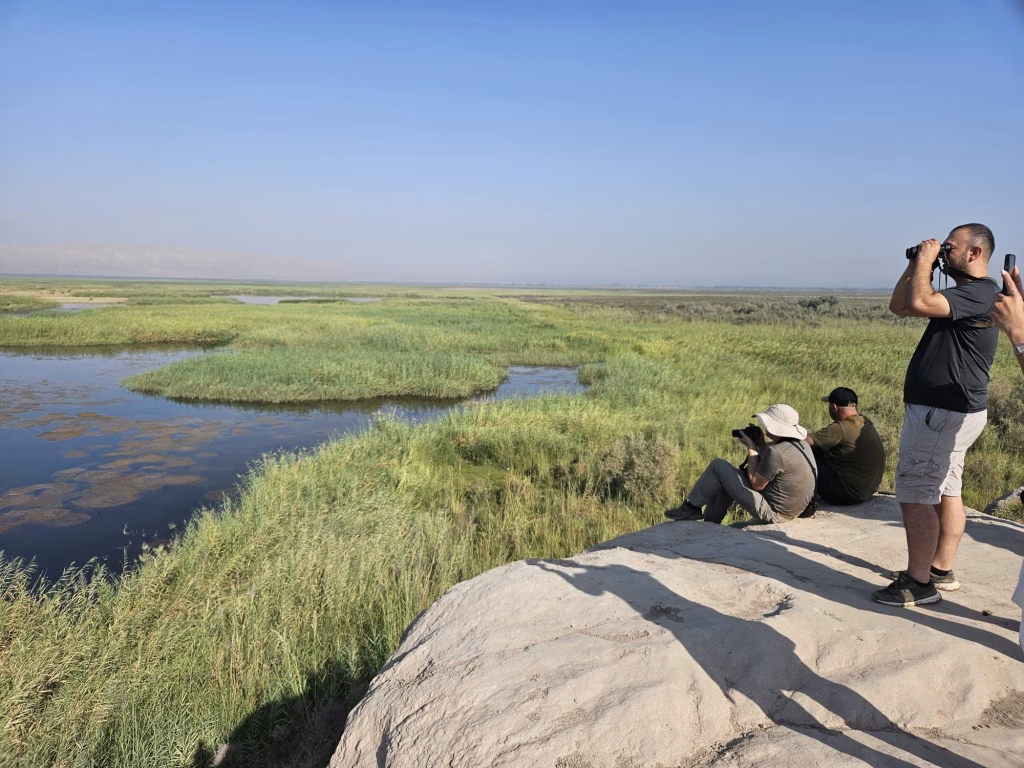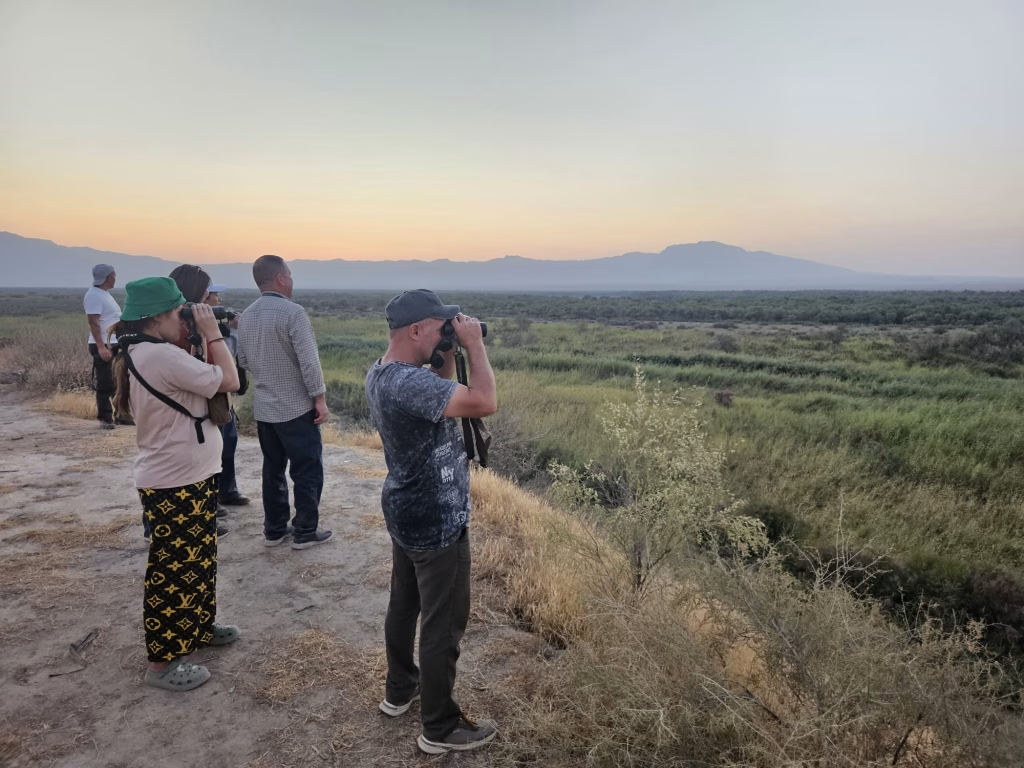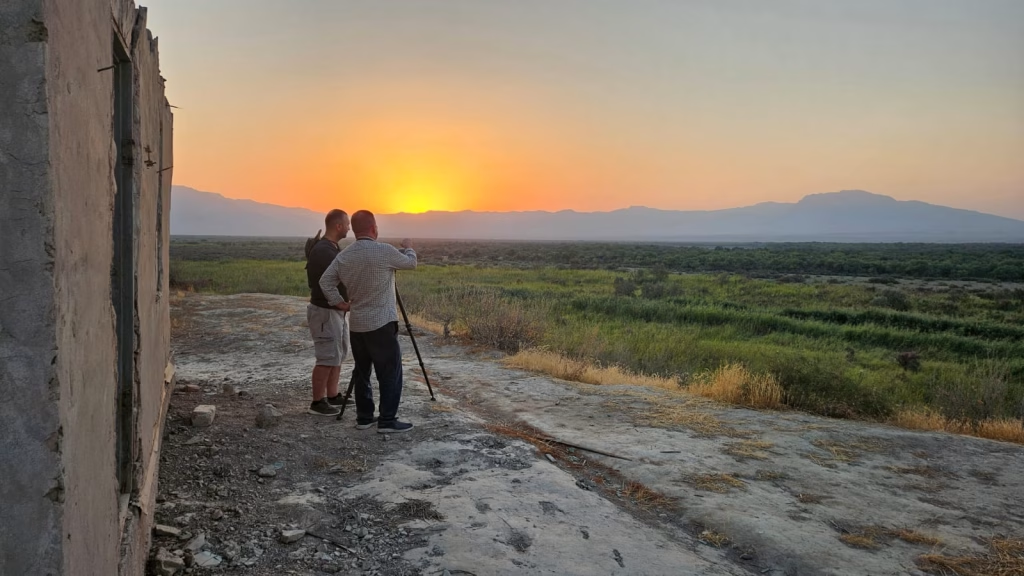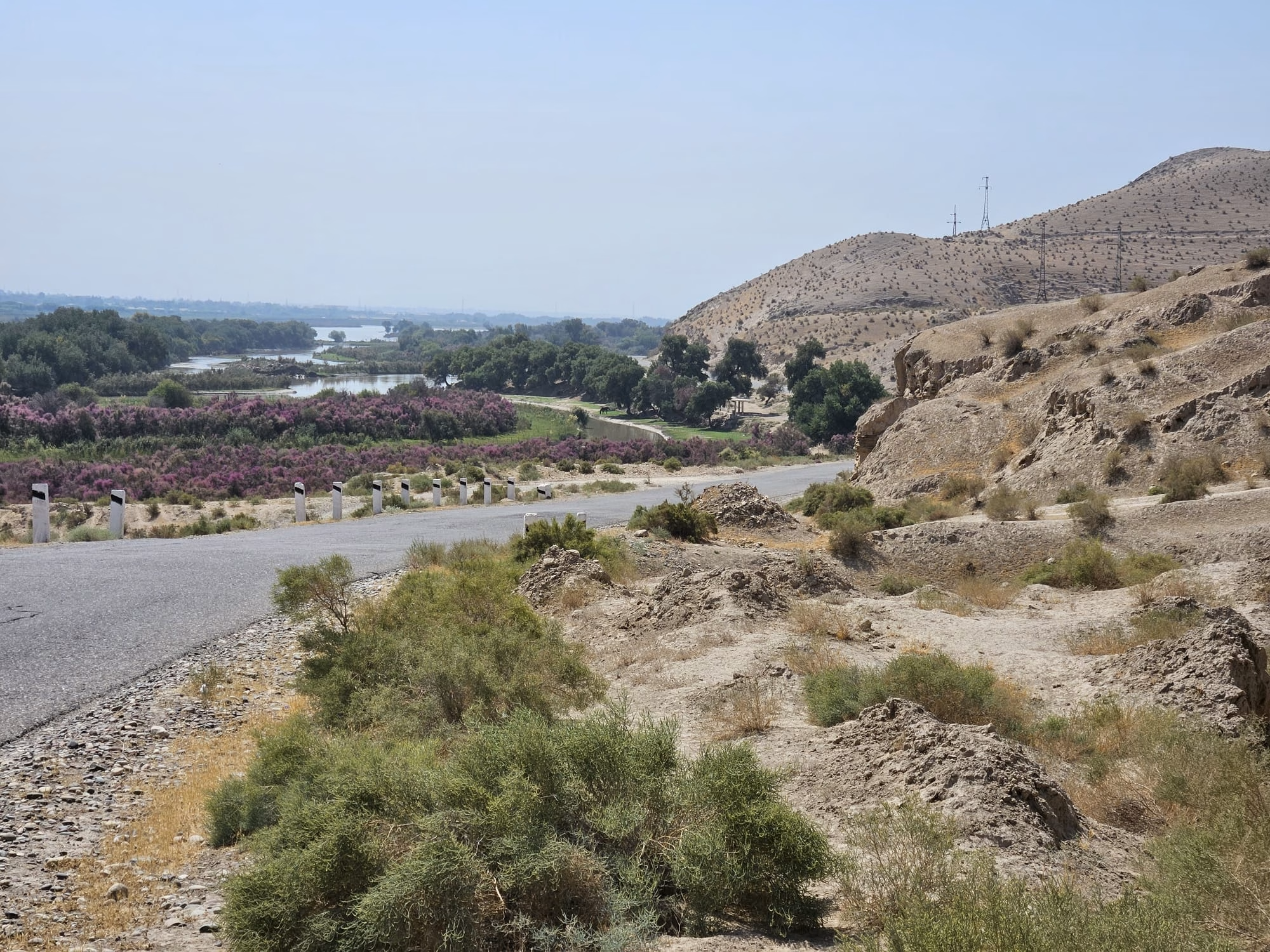
Final Partners Meeting – Dushanbe 2025
| September 15th, 2025 | News
Tajikistan Nature Foundation and CAMP Tabiat welcomed project partners to Dushanbe for our final partners meeting from September 8-11th, 2025. Implementing partners discussed all the activities and community adaptation measures to be organized as the project concludes, while international partners focused on upscaling and resource mobilization for the project’s most promising tools, pathways, and results. Everybody chipped in to plan for the Final Project Conference, scheduled for October 22nd and 23rd in Bishkek!
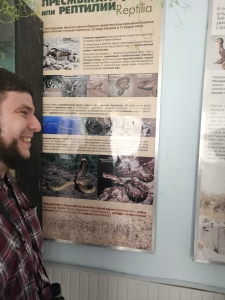 After meetings, we all took a trip to Beshai Palangon (Tigrovaya Balka) State Nature Reserve in southern Tajikistan. Yahnob Valley (where we visited in June) is one of Tajikistan’s youngest national parks, having been established in 2018. Beshai Palangon however, is one of its oldest, established in 1938 and designated a UNESCO World Heritage Site in 2023.
After meetings, we all took a trip to Beshai Palangon (Tigrovaya Balka) State Nature Reserve in southern Tajikistan. Yahnob Valley (where we visited in June) is one of Tajikistan’s youngest national parks, having been established in 2018. Beshai Palangon however, is one of its oldest, established in 1938 and designated a UNESCO World Heritage Site in 2023.
Spotting some Egyptian vultures on the way, we got to learn more about the park and the species that lives there through its entrance museum and from management staff, whom recently received a projector and laptop with the help of CAMCA funds to present information to local schools. Beshai Palangon it is home to hyena, jackal, jungle cat, 10 species of snake, and 20 species of fish. The tugai forests and river confluence that creates the Amu Darya and border with Afghanistan were also home to the Caspian tiger once (hence the Russian name Tigrovaya Balka), last seen in 1954. Today, the freshwater habitats that depend on glacier-fed rivers are under threat from upstream climate change and development.
The park and surrounding areas also host many wetland bird species, such as the red-crested pochard, western marsh harrier, great crested grebe, moorhen, and gray heron. Tajikistan Nature Foundation hosts birders from all over the world who come during the migration season, and on the hunt for less-common species.
One of the highlights of our trip was of course, seeing Bukhara deer – one of the CAMCA project’s 6 focal species. At the location where a new viewing platform will be constructed, rutting males could be heard calling from the forest around sunset. The perfect capstone to our visit!
